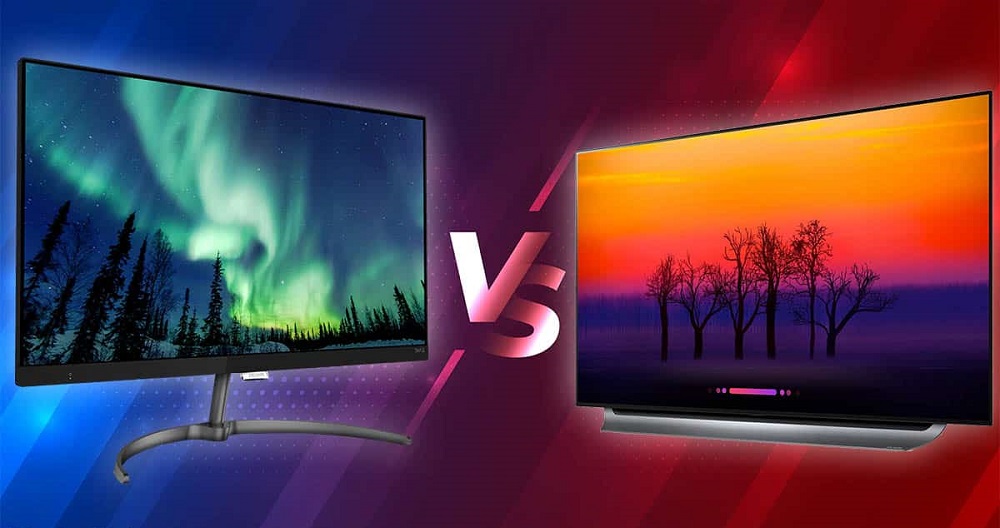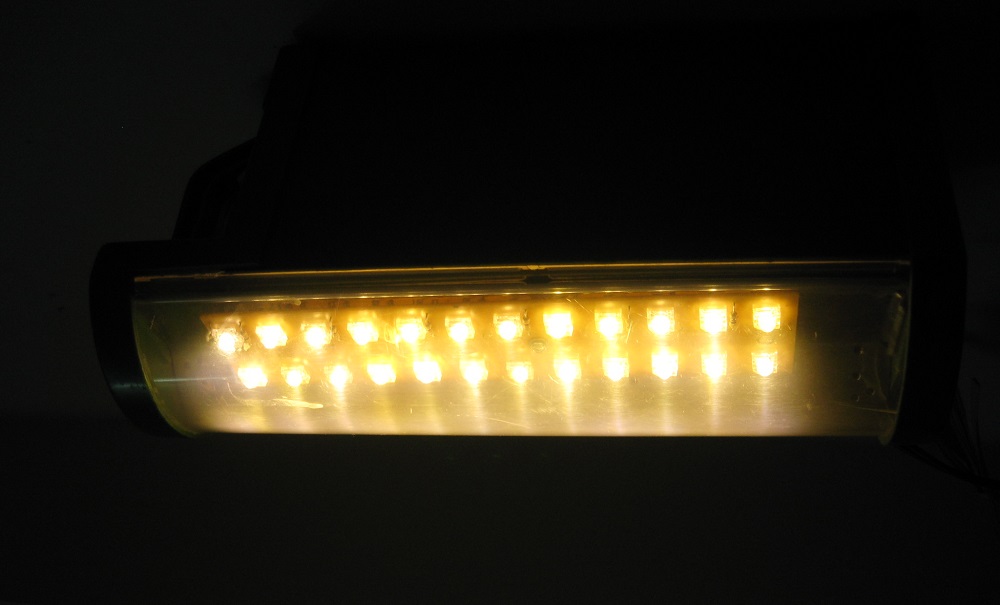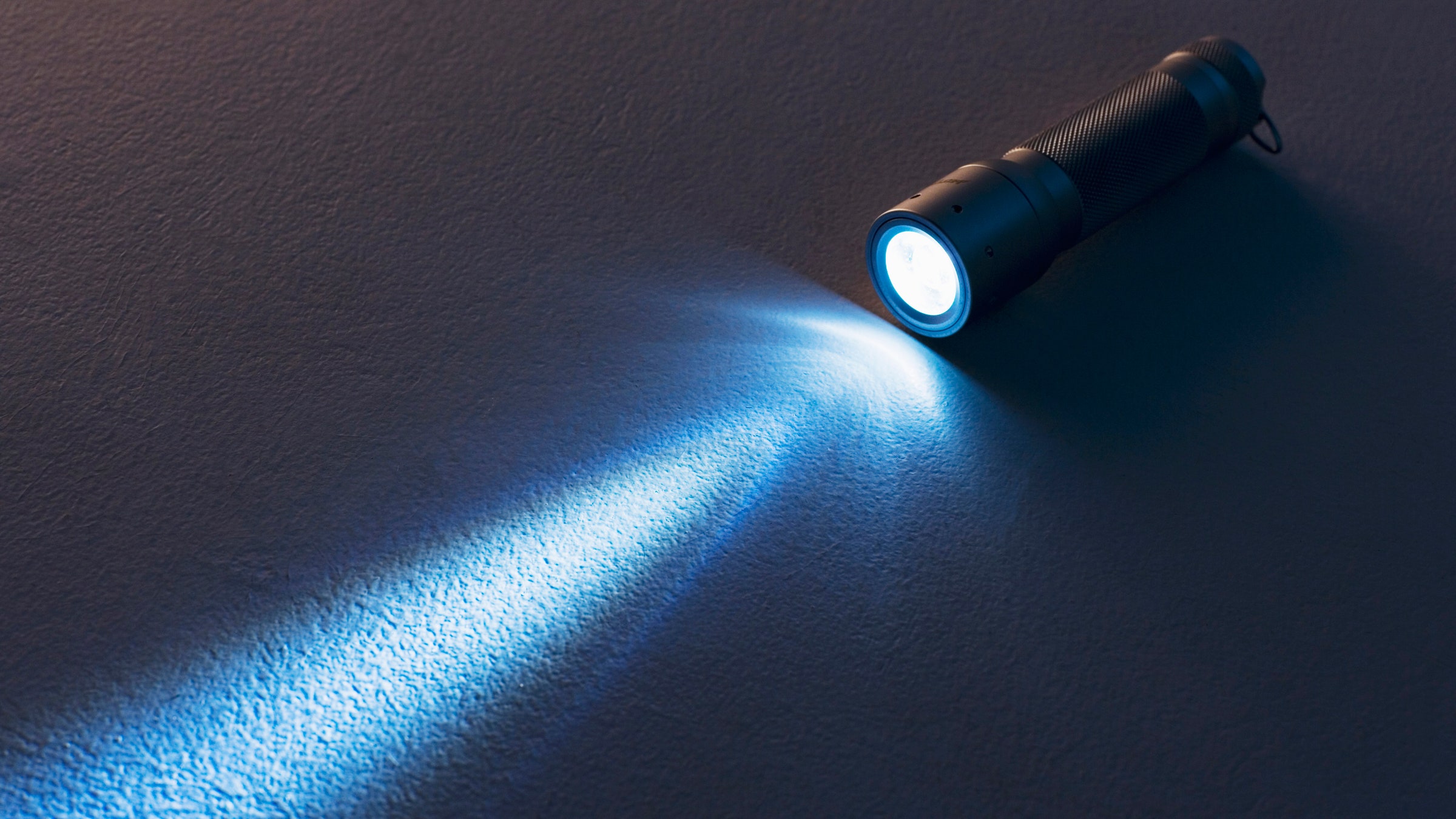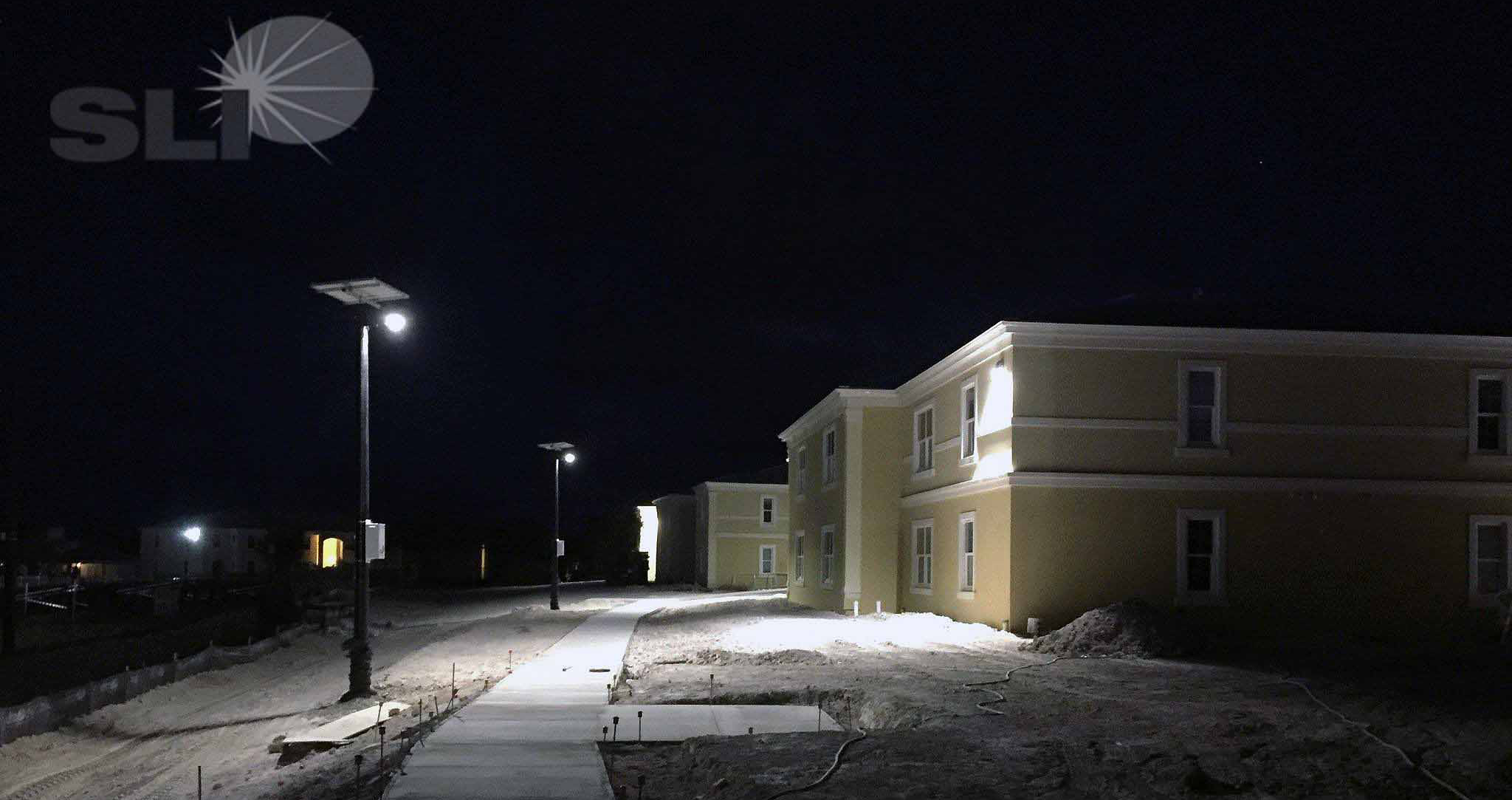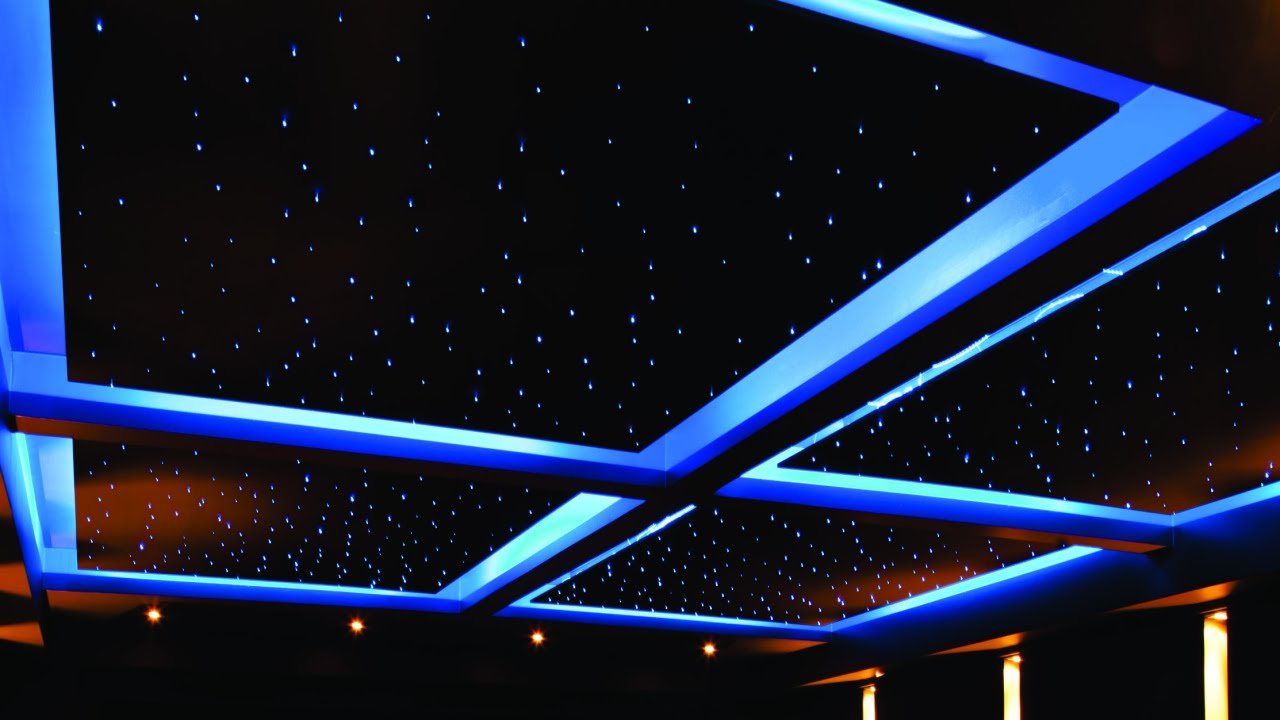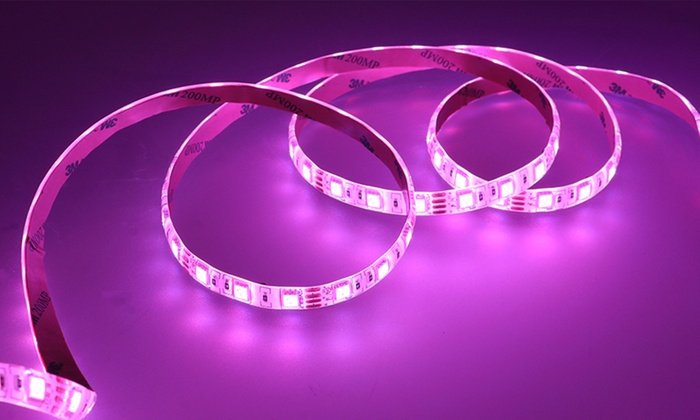We have seen them in many home videos on YouTube, DIY channels, and home improvement channels. These are the lights we see flickering in the background that improve the various aesthetics of homes. But we’ve never really been able to point our fingers at exactly what they are. Well, to save you from further research, we are bringing the answers right here to you.
1. Where to Put LED strip Lights?
2. LED strip lights vs. LED bulbs
3. LED strip Lights vs. Fairy lights
4. How to install LED strip lights?
5. Why aren’t my LED strips working?
6. Why are my LED strip Lights Flickering?
7. Frequently Asked Questions
8. Where to buy LED strip lights?
LED strip lights are a new age innovation in the lighting industry. They consist of hundreds to thousands of LEDs that have been carefully installed on an extremely flexible circuit board. The circuit board is designed with a very powerful adhesive at the base to aid its installation on walls and other surfaces. There is a power terminal on the flexible circuit board for you to connect the LED strip lights to a power source; they come in varying lengths, sizes, and colors. With multiple installation functionality, flexibility, and a wide range of colors, they can be installed in different environments for a lot of purposes.
Where to Put LED strip Lights?
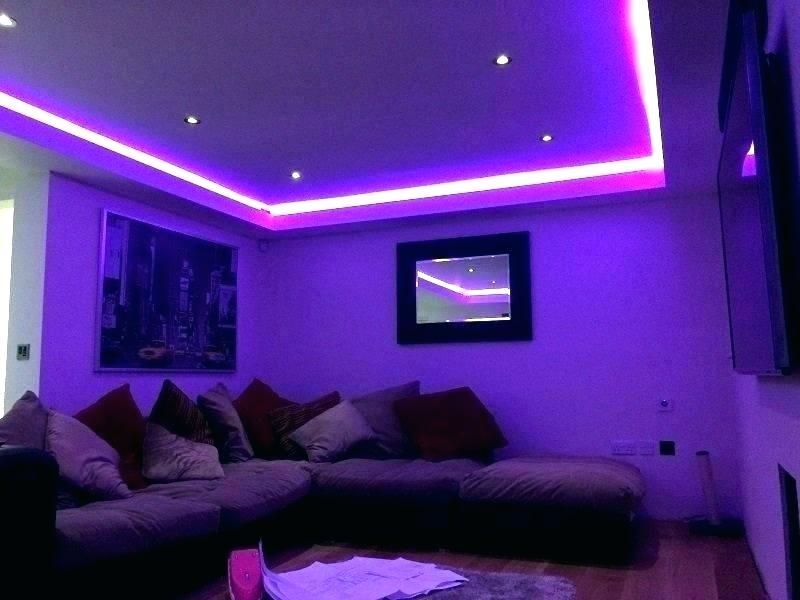
The flexibility and low power requirement of LED strip lights mean you can install them where and how far your imagination can take you. You’d be surprised at the various places and areas where a LED strip lighting has been used. We’ll be going through a rundown of more popular places where LED strip lights are used.
Led strip for the bathroom
I know some folks are already alarmed, as water and electricity in the same vicinity make for a very lethal combination. But allay your fears, most of the LED strip lights on the market today are certified IP65,67,68 rating depending on how deep your pockets go. They are usually installed in the bathroom rather than conventional LED bulbs as they create a perfect balance of ambiance and lightning.
LED strip for the bedroom
Most homes are replacing traditional light bulbs with LED strip lighting in the bedroom. Being one place where you just turn in for the day, hence you use fewer lights here than in other areas of the house. So either you desire minimum lightning that creates a perfect environment for you to rest, or you are adventurous and trying to set the tone for a romantic evening with your partner, you cannot go wrong with LED strip lights.
LED strip lights for the kitchen
The kitchen is one part of the home that needs as much lightning as it can get. Rather than go for an individual light bulb that only brightens up one aspect of the kitchen, LED strip lights to help create a rhythmic feeling and even lightning across the entire kitchen floor. Providing even and warm lightning for all cooking, eating, and cleaning activities.
LED strip lights for the stairs
You come back from home and start feeling for the stairs, walking gingerly to avoid stubbing your toe. We’ve all being there before. And to avoid your power bills skyrocketing, you have to turn off all lights in the house. With the very economical low energy LED strip lights, you can afford to adorn your stairs with LED light to enable you to navigate the stairs around your home without fear of making a misstep.
LED strip lights for TV
You can have your very own cinematic experience in your living room without having to break the bank. Installing LED strip lights around your TV helps create the perfect environment to enjoy movies and game nights with family, friends, and loved ones. Go full bright white light for game night, or something more subtle and mild for movie night. All can be done effortlessly with LED strip lights.
LED strip lights for the ceiling
Why hassle yourself on not having a gigantic chandelier that costs millions of dollars dangling from your ceiling when you can go for a cheap low-cost alternative that provides you with flexibility in your choice of colors. LED strip lighting can light up your home, given it a homely feeling with an assortment of colors to choose from depending on the time of the day. While posting lower power usage, an extended period of use.
LED strip lights for shed
There is a reason sheds have always been the hiding place for many antagonists in horror movies. It is always dark and poorly lit that it has become a cliche. This can be remedied using LED strip lights. Their flexibility allows them to be installed in more difficult to reach locations and allows them to light up where you store your tools, or in some cases, where it doubles as your home workshop.
LED strip lights for the garage
It is a tad ironic that the point of entry in most homes is the most poorly lit. With the idea that all you do is drive in and drive out of the garage, what is the need of installing light bulbs where you barely spend a combined 10 minutes a day. Wrong. You cannot tell the day a rodent; a home intruder would be patiently waiting in the garage for you. Also, many million-dollar companies were founded and built-in garages. That is more than enough incentive to lighten up your garage using LED strip lights today.
LED Strip Lights for gaming
Call of duty, Fortnite or FIFA. The best professional Esports players and casual gamers all have some RGB-powered LED strip lightning in their setup. Why? There is no scientific fact behind this, but the lighting makes you play a lot better. (You can take my word for it). Though this is unproven, if the best gamers in the world all have LED strip lights in their setups, then it must be doing something right.
LED lights for the garden
In the world of indoor gardening, LED strip lights are revolutionizing the way we plant crops and flowers. Rather than using conventional fluorescent and light builds that only service the plants directly under them, LED strip lights have proven to be more effective at gardening. Because of their length, flexibility, and luminosity, they ensure maximum exposure to all of your garden plants, supplying them with all their light needs and enabling them to grow more effectively with or without the availability of sunlight.
LED Lights for Lofts
Your loft is your personal space to do with as you please. Many use their loft as a getaway place from all the noise. A place to meditate and calm your mind and revive your spirit. The perfect place to practice your yoga or ASMR. But it would not be complete without applying the appropriate lighting. LED strip lights can be used in this case to create the perfect environment for rest and the rejuvenation of your spirit. If your loft serves more like a storage area, they tend to be shielded away from in-house lightning. LED strip lights can help resolve that by providing low-cost, efficient lightning to that area of the home.
LED strip lights for walls
The most common application of LED strip lights is to beautify the walls of your homes, offices, or business place. You can use it to spell out your business name, write out your favorite quote, or just channel your artistic mind into any design that you want. They provide that level of flexibility for you to make that ordinary wall a canvas for your imagination to come to life.
Aquarium LED Lights
Are you a pet owner? With an aquarium to boot? You can do no wrong with using LED strip lights to create a spectacular view of your aquarium. This is aided by the diffractive property of water that bends light that passes through it. Creating a rainbow show of colors that lights up your aquarium and the surrounding environment. Even making your neighbors and visitors a little envious.
LED light strips for trucks
Truckers are accepting that LED strip lights offer not only aesthetic properties but also functional, live-saving properties. With LED strip lights, you can help fellow road users to map out the design, shape, and length of your truck. This would better inform their driving decisions, making the roads safer for all and sundry.
LED strip lights vs. LED bulbs
It’s a dilemma that many face when trying to resolve their lightning needs. The first question is always what I need. What best fits my home? A lot goes into this decision, and we are going to break down all the factors that you should consider when choosing between a LED strip light and an LED bulb, but first, we need to define them both.
An LED strip light, as explained above, is a series of LEDs installed on an ultra-flexible board with micro-circuitry connecting the individual components. They come in various lengths according to your needs and colors. A LED bulb is a single light-emitting diode that fits into a single bulb/lamp holder. It is usually fixed in the ceilings of most homes. Now that that is out of the way let us look at the different factors and determinants that would help you make the correct choice during the purchase.
1-Price
As always, money is a major determinant in your choice of lighting solution. LED strip lights are sold per feet of lightning you intend to purchase, while LED bulbs are sold a piece. There is an average of $0.3 difference between a foot of LED strip lighting and the cost of a single piece of LED Bulb. Therefore, making the LED strip light the more pocket-friendly option.
2- Energy Consumption
While LED bulbs are popular for being energy efficient, LED strip lights take this energy-saving attribute to new heights. Getting a 30% energy-saving bump over conventional LED bulbs. Given that the amount of energy that is dissipated as heat is determined by the size of the bulb, because of the very minute size of the LED strip lights, they invariable consume far less energy than LED bulbs.
3-Brightness
The traditional LED bulb has one piece of the semi-conductor that is the source of lightning that spreads out in a radial direction. So the farther away you are from the bulb, the less bright it is. Not LED strip lights though, the many tiny LEDs ensure that they can provide a combined brightness that dwarfs even the most luminous of LED bulbs.
4- Installation
The LED Light bulb is limited in its application. You can only install it where there is a lamp holder, which is usually on ceilings. To create an additional installation point involves extensive rewiring, which can be a chore. The LED strip comes with a stick and light (analogous to the plug-and-play for electronics) installation. The biggest concern of yours when installing an LED strip light is where to plug the power source. Asides from that, you are good to go.
5- Functionality and application.
LED strip lights are far more versatile in their application. They can be installed in any part of the house, any area, any surface irrespective of the weather, temperature, or availability of space. From tiny crevices to large spacious floors, gaming PC’s to aquariums; there is no limit to where you can use LED strip lighting. LED light bulbs have limited uses. Asides from the traditional ceiling installation, high wall point installation, any other placement of the LED build is not only difficult but also counter-productive.
From the above factors listed, you are best served to purchase a LED strip light for your use as it provides more flexibility in installation and application, saves energy costs, and above all, is cheaper than your average LED bulb.
LED strip Lights vs. Fairy lights
Fairy lights are a series of tiny bulbs connected by a very lengthy wire. They use filaments to produce their lights. Fairy lights have been a staple of wedding and Christmas decorations over the years. Until introducing LED strip lights. Using our already outlined factors, we are going to compare and contrast the two to give you a clearer picture of which one is best for you.
1- Price
Fairy lights have proven to be far cheaper than LED lights. Since they are using a much older lightning technology (lightning using filaments and wires), they are produced with much cheaper parts, hence the price advantage over LED strip lights.
2- Energy consumption
LED strip lights are the masters of energy consumption. Fairy lights, due to filaments in them, have the tendency of heating, hence expending a lot of energy as heat energy.
3- Brightness
In this category, LED strip lights reign supreme. Because of the poor energy management of filament-based bulbs like fairy lights, it loses most of the energy spent as heat. This differs from LED string lights that efficiently convert most of their power supply into light energy, allowing them to shine with a higher intensity than fairy lights.
4- Installation
Because of the wire that connects fairy lights miniature bulbs, they do have the tendency of getting entangled, which makes installation more complicated. LED strip lights, with their flexible circuit boards, allow for easy installation onto any surface.
5- Functionality and application.
The wiring of fairy lights makes them very fragile. And the tendency of them to generate heat makes them a less than appealing choice than LED strip lights in many scenarios, especially indoor decoration and designs. LED strip lights’ versatility and ability to be used in multiple environments, events, and situations tops that of fairy lights.
As seen from the breakdown above, aside from the price difference, LED Strip lights trumps fairy lights in all other categories. The overall effectiveness and benefits to be extracted from LED strip lights make that additional cost worth it.
How to install LED strip lights?
Materials needed includes:
- LED light strips
- Solderless clamps
- Controller
- Low voltage Wires
- Screwdriver
- Wirecutter/stripper
Step 1– Cut the desired length of the LED strip light. Cut them along the connector lines showed on the strips.
Step 2– Peel the edges of your wire to ensure they contact well with the solderless clamps.
Step 3– Insert the connector edge of the LED Strip light into one end of the solderless clamp and the stripped wire into the other edge.
Step 4– Connect the other stripped edge of the wire into the controller.
Step 5– Connect the connector to a power supply.
Why aren’t my LED strips working?

The following are the troubleshooting steps to follow when your LED lights stop working
- Check your power source- More often than not, the power source is usually either not turned on or faulty.
- Check your connection points- e it soldering or solderless clamps, more often than not, poor contact between the strip terminals and wire terminals would prevent your LEDs from coming on.
- Check the circuitry- Excess voltage or manhandling of the strips might have caused damage to the circuit board, causing a lack of continuity, which can prevent the LED from working.
Why are my LED strip Lights Flickering?

Flickering of LED lights can be traced to the following:
1- Unstable voltage- When the supply voltage is alternating erratically, the LED lights flicker
2- Poor contact – when there is improper contact between the strip connectors, it can cause flickering of light
3- End of life- after extensive use, one of the first signs that it is time to change your LED is that it flickers.
Frequently Asked Questions

How do LED Strip lights work?
The marvel of engineering is that these LED strip lights have a very simple working principle based on electroluminescence. A LED works by passing an electric current through a semi-conductor. This excites the electron in the semi-conductor, and when they collide, they release electromagnetic waves. These waves are what we see as the visible light for the human eye.
Are LED Strip Lights safe?
As safe as you can be. They pose no threat to anyone. They do not produce the same amount of heat as filament-based bulbs, which blow up. And with their very minimal energy consumption, even with an excess current flow, all you risk is experiencing a very mild shock similar to a tingling sensation.
Are LED Lights Bad for your eyes?
LED lights emit electromagnetic radiation, but in minute quantities that have little to no effect on your eyes. But like any other thing, excessive exposure to LEDs can lead to retina fatigue. For people that are always staring at LED screens for extended periods, you are advised to use anti-blue light glasses to reduce your exposure.
How to connect LED strip lights?
There are two common ways of connecting two different LED strip lights:
a- Strip connector – This is a device that is used to connect the connector ends of two LED strip lights. Simply fix the ends of the LED strip lights to the two ends of the connector, and you have your LED lights working in no time.
b- Soldering – This can be achieved by soldering a piece of wire across the two connection points of the different LED strip lights. Use a soldering iron to hit up a piece of wire and place it on the strip connectors. Allowing it to cool and solidify.
Why are my LED strips different colors?
The primary reasons why your LED strip lights are of different colors include:
1- They could have been sourced from different suppliers; hence you end up with different color strips.
2- There could be insufficient power passing through the strip, making some parts appear brighter than the others.
3- There could be a continuity issue at the connector points of the different strips, hence the difference in color.
How to cut LED strips?
Every LED strip light comes with markers on the circuit board showing where you can cut them. There are usually lines that mark out these points on the strips. It is advisable to use scissors and cut exactly along those lines.
How long do LED strips last?
LED strip lights have been tested and proven to work optimally for over 50000 hours before there is a noticeable change in the performance and effectiveness of the strips.
How many LED Strips light for a room?
The amount of LED strip light needed for a room depends on how reflective your wall is, your brightness needs, and the overall dimensions of the space. An estimation goes; thus, an LED strip light of 450Lumens per square feet would give you 9000 Lumens overall. This can be used as a benchmark to determine how many LED strip lights you need.
How many LED strip lights can you connect?
As many as needed. There is no limit to the amount of LED lights that you can connect.
What are the best-stripped lights?
The best-stripped lights are usually determined by their overall functionality. There is no outright “the best” amongst the lights. It depends entirely on the purpose you bought them for. Notwithstanding, some standouts LED stripped lights are:
- Waterproof LED Strip Lights – can be used for outdoor and environments that are going to expose the LED to a lot of water and moisture. This comes with an IP68 rating, indicating its water-resistant nature.
- Wireless LED strip Lights – They work perfectly and are controlled remotely.
- Flexible LED strip lights- As their name suggests, they offer an added layer of flexibility not found in conventional strip lights
Which Brand of LED strip lights is the best?
Listed below are some of the best-LED strip lights brands on the market today
Where to buy LED strip lights?

You can purchase any LED strip lights from the following stores:
- Amazon
- eBay
- Ikea
- Lidl
- Tesco
- Home Depot
After going through a rundown of the various places where you can use LED strip lights, we have shown you how LED strip lights compare to LED bulbs and fairy lights, along with their pro and cons. You are now in possession of in-depth knowledge on why LED strip lights are best suited to your needs.
We have seen how simple the installation of LED strip lights is and also the common faults encountered when using them and the causes of those faults. LED strip lights are a must-have in every home and office and can be readily purchased in major online stores and physical stores near you.

